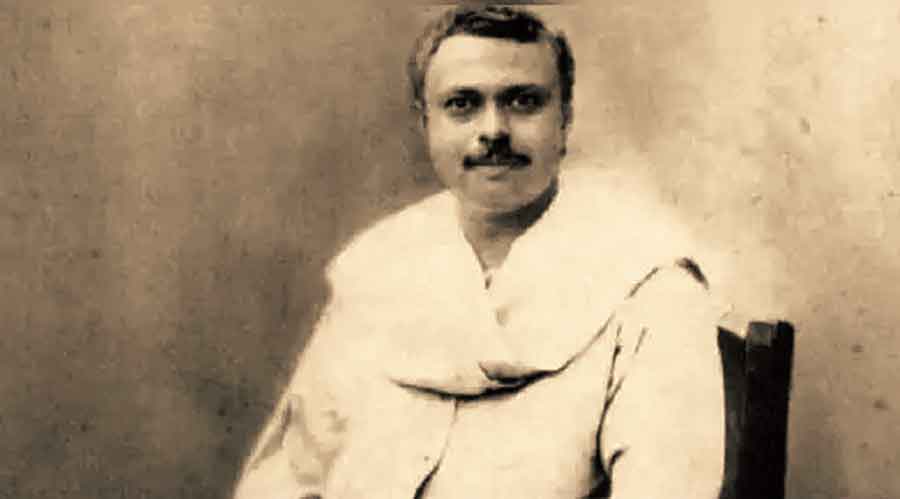Book: Curing Madness? A Social and Cultural History of Insanity in Colonial North India, 1800-1950s
Author: Shilpi Rajpal,
Publisher: Oxford
Price: £43.99
This book maps the history of psychiatry in India: the unfolding of the interlinked processes of professionalization, modernization and Indianization, both at the level of discourse around insanity and the establishment of attendant institutions that this discourse legitimated. In substantive terms, the focus is on lunatic asylums in two regions: the United Provinces (Agra, Benaras, Bareilly, and Lucknow) and the Punjab (Delhi and Lahore) in colonial North India. Given this remit, the book probes the wider social histories of medicine and culture as an aperture into the bio-medical constitution of madness and deviancy in the context of asylum records, government policies, legal processes, diagnosis and treatment, and individual case histories. More importantly, it brings to the fore institutional and non-institutional histories of insanity by perusing Hindi medical literature: the way modern psychiatric repertoire crept into the Hindi vernacular world leading to the emergence of ‘mind sciences’ in Hindi.
Before mental asylums appeared on the scene, families cared for people suffering from insanity with the help of local vaidyas, ojhas, shamans, and pundits. Indeed, some were abandoned to roam the streets as vagabonds, beggars, petty criminals, lunatics and faqirs. Against this backdrop, the colonial asylums emerged as places where the ‘bad’ and the ‘mad’ could be incarcerated. As the author shows, there was frequent movement of people between jails and pagalkhanas; in fact, the two institutions were often spatially proximate. The itinerant street-walkers, including prostitutes, would routinely be roughed up by the local police, and some of these ‘bad’ people would be shifted to the institutions meant for the mad. In any case, to begin with, mental asylums were little more than “glorified prisons”. But noticeably, it is in these asylums that the “science of psychiatry” eventually grew and, subsequently, got enmeshed with the larger project of empire-building. Asylums, by their very origin, were part of the disciplinary regimes of control and surveillance. Even though there was never a clear-cut, established agenda for psychiatric treatment on the part of the colonial State, psychiatry along with other disciplines and sub-disciplines of medicine and science did serve to underline the humanitarian and philanthropic side of British colonialism in India.
Yet, psychiatry remained a neglected aspect of the medical sciences in colonial India. Whatever early fervour it generated was because of the zeal of some of the British superintendents of mental asylums, and a tiny group of Indian psychiatrists, such as Girindrasekhar Bose (picture). The colonial State did not lend any major structural support to psychiatry, leaving it underdeveloped. Apparently, it did play along with the shifting British discourse on insanity and madness. For instance, it did embrace the new term, ‘mental hospital’, to redesignate ‘lunatic asylum’ by the end of the 19th century; ‘lunatic’ was thought to be offensive and derogatory and the word, ‘asylum’, had become outmoded. The change in the terminology did reveal the shift in the imperial knowledge systems regarding the disease and its cure. But in the colony, the terminological change hardly altered the complex hierarchical structures between the ‘sane’ and the ‘insane’, ‘white’ and ‘black’, and ‘high’ and ‘low’ castes and classes. By and large, lunatic asylums qua mental hospitals continued to function along the “custodial” ethos and reinforced binaries that were an intrinsic part of colonial medicine.
Rajpal’s work helps us see the coercive as well as the therapeutic aspects of ‘colonial’ psychiatry in the larger discursive framework that located British modernity, medicine, and science in terms of the ‘normal’ and the ‘civilized’ on the one hand and the ‘pathological’ and the ‘native’ on the other. Little wonder then that the subsequent trajectory of professionalized psychiatry in India succeeded in rendering a plethora of healing practices, cultures and beliefs as primitive and superstitious charlatanism. All in all, we have a well-researched piece of historical scholarship that is theoretically informed and updated.










